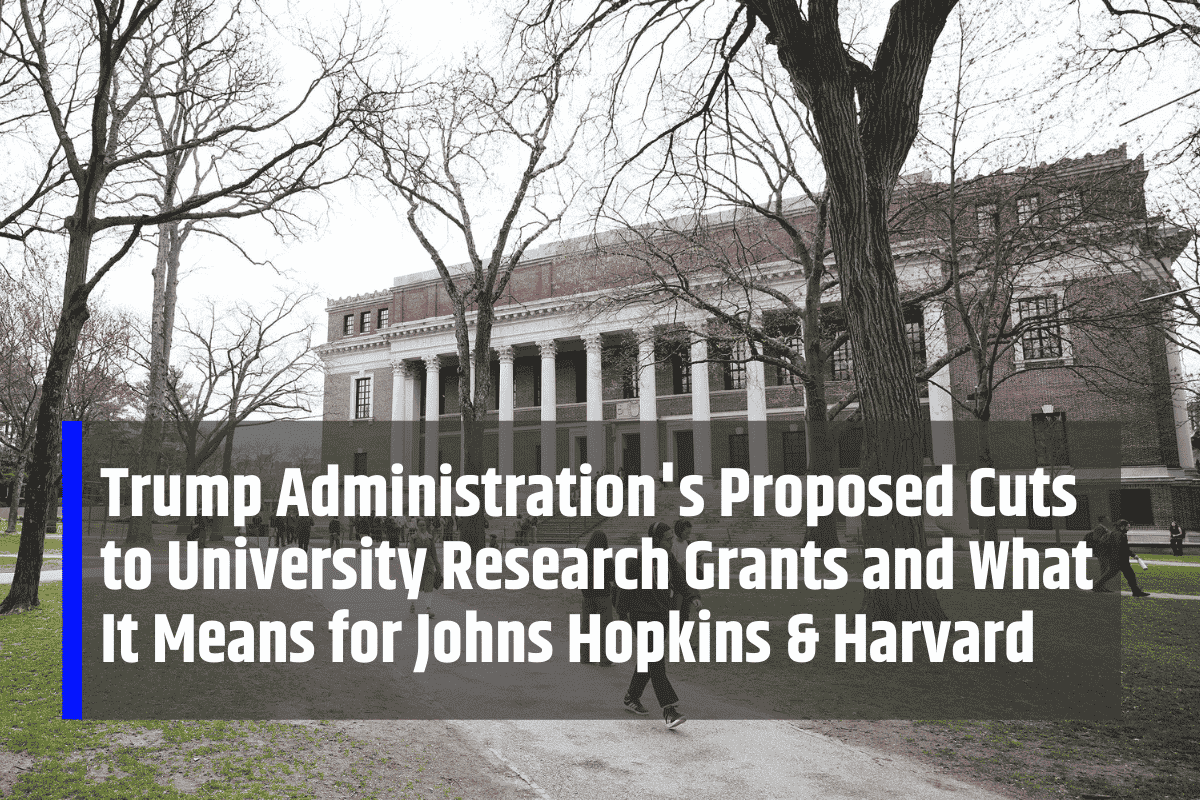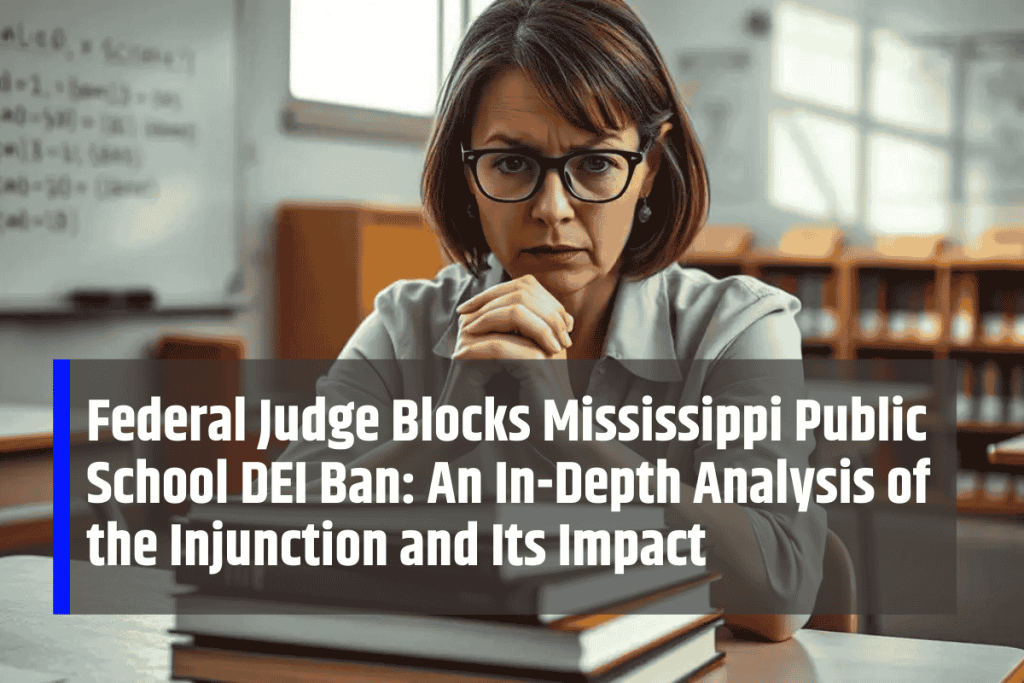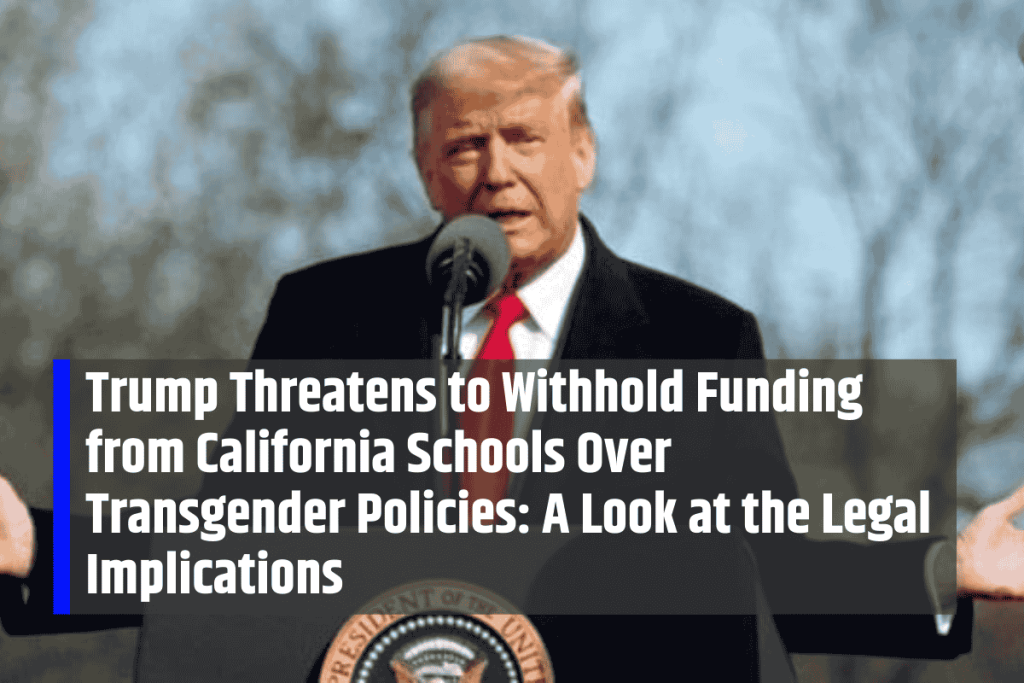The U.S. Supreme Court recently permitted the Trump administration to proceed with slashing nearly $783 million in National Institutes of Health (NIH) research grants. Programs related to Diversity, Equity, and Inclusion (DEI), transgender health, and COVID-19 were especially targeted, signaling a political shift in federal research priorities.
Broader Reductions in Science Funding
Earlier in 2025, the NIH imposed a nationwide cap on indirect cost reimbursements at 15%. This represents a dramatic reduction from traditional rates of 30–70%. Universities rely on these funds to cover infrastructure, utilities, and administrative support. The change jeopardizes essential operations that sustain long-term research capacity.
Fiscal Year 2026 Budget Blueprint
The administration’s FY2026 budget proposal reflects sweeping federal research cuts. NIH funding would drop from $47 billion to $27 billion—a 40% reduction. Other science agencies, including the National Science Foundation (NSF), NASA, the Centers for Disease Control and Prevention (CDC), and the National Oceanic and Atmospheric Administration (NOAA), face similar contractions.
Institution-Specific Freezes and Threats
Elite universities have already been singled out. Harvard has seen more than $2.2 billion in federal research funding frozen after rejecting federal directives. The university is pursuing legal remedies to restore access, while other institutions remain cautious, aware they could face similar scrutiny and punitive measures.
Impacts on Harvard University
Scale of the Financial Hit
In fiscal year 2024, Harvard received $686 million in federal research funding, nearly 11% of its total operating budget. Its public health school was particularly dependent, with nearly half of its annual budget sourced from federal funds. The current freeze leaves critical projects at immediate risk.
Fallout from Funding Freezes
By June 2025, over $2.2 billion in federal research support had been frozen or canceled. Nearly 1,000 active grants and contracts were affected. The disruption spans biomedical studies, public health initiatives, and technological innovation, threatening Harvard’s standing as a global research leader.
Institutional Response Measures
Harvard allocated $250 million from internal reserves to offset the immediate shortfalls. These emergency funds were directed to protect vital projects and retain staff. However, the scale of losses far exceeds what internal measures can realistically sustain, leaving long-term uncertainty unresolved.
Legal and Operational Challenges
The university filed lawsuits arguing that federal demands—including ideological audits of faculty—represented unconstitutional overreach. In parallel, the administration threatened to revoke Harvard’s tax-exempt status and restrict international student enrollment. In response, leadership enacted pay cuts, staff layoffs, and reduced graduate admissions, signaling profound institutional strain.
Potential Implications for Johns Hopkins University
Reduced Indirect Cost Recovery
Johns Hopkins, as one of the largest NIH-funded institutions, is highly vulnerable to the 15% reimbursement cap. Reduced overhead credits threaten the university’s ability to maintain research infrastructure, laboratories, and administrative support essential for high-level investigation.
Vulnerability of Targeted Grants
If Johns Hopkins holds DEI-related, LGBTQ+, or COVID-focused NIH grants, these may face heightened risk of termination. Such cancellations could disrupt critical research fields and compromise its competitive advantage in medical and social sciences.
Uncertainty in Research Planning
Potential freezes could force Johns Hopkins to pause or cancel projects, reduce graduate fellowships, and delay recruitment of researchers. These disruptions undermine the university’s ability to plan strategically and sustain long-term scientific goals.
Risks to Academic Freedom
Although Johns Hopkins has not yet faced explicit federal targeting, resistance to political directives could invite similar scrutiny. Academic freedom and institutional autonomy remain vulnerable, with broader implications for how universities navigate research governance under political pressure.
Broader Consequences for Research and Higher Education
Economic and Employment Losses
Analysts estimate that NIH and NSF cuts could remove $10–16 billion annually from the U.S. economy. Job losses could approach 70,000, including researchers, technicians, and support staff. These reductions reverberate across industries tied to health, technology, and innovation.
Threats to U.S. Research Leadership
Experts warn that funding cuts may trigger a “brain drain,” with leading scientists relocating abroad in search of stability. Potentially transformative research in artificial intelligence, disease treatment, and climate science may be delayed, diminishing U.S. global competitiveness in innovation.
Campus Instability Nationwide
Universities nationwide face ripple effects—hiring freezes, rescinded job offers, reduced graduate admissions, and halted clinical trials. These short- and long-term disruptions threaten not only institutional stability but also the development of the next generation of scientists and scholars.
Harvard University has already suffered billions in frozen research funds, lawsuits, layoffs, and operational strain. Johns Hopkins, while less explicitly targeted, remains highly exposed to indirect cost reductions and potential grant terminations. The broader cuts destabilize U.S. higher education, threaten economic growth, and jeopardize the nation’s scientific leadership.











Leave a Comment